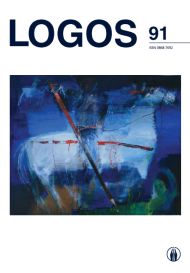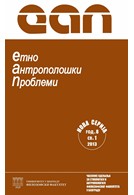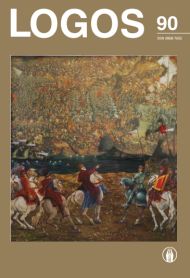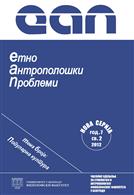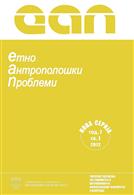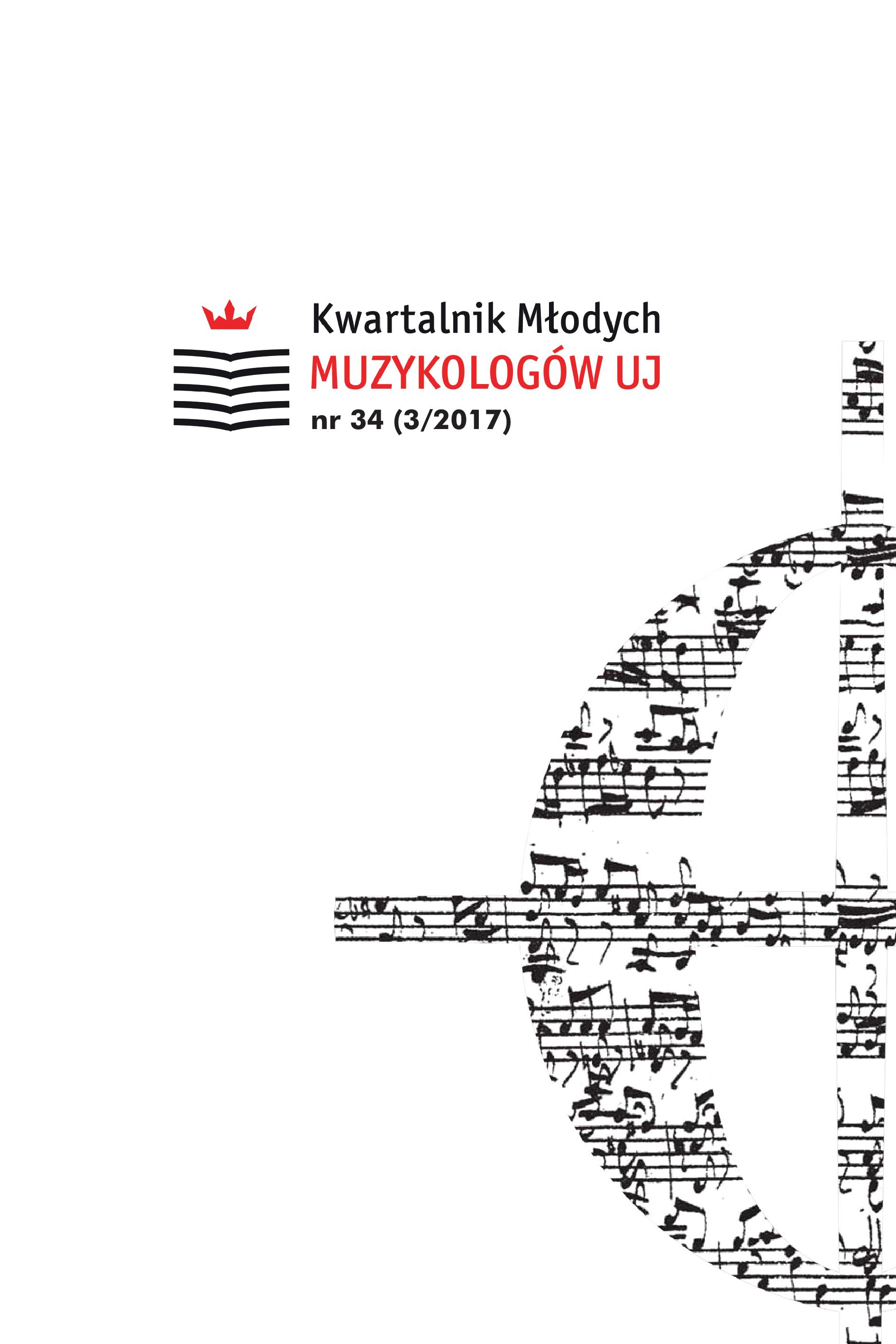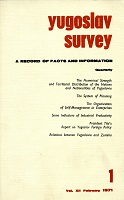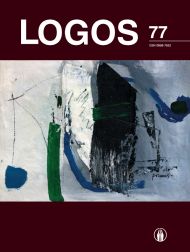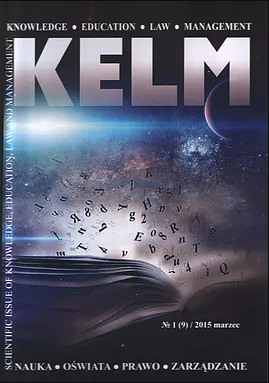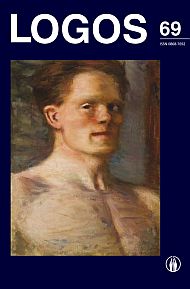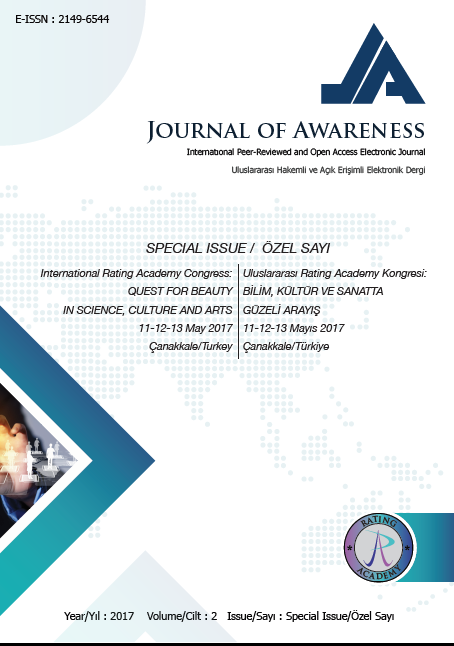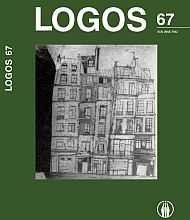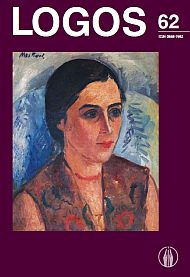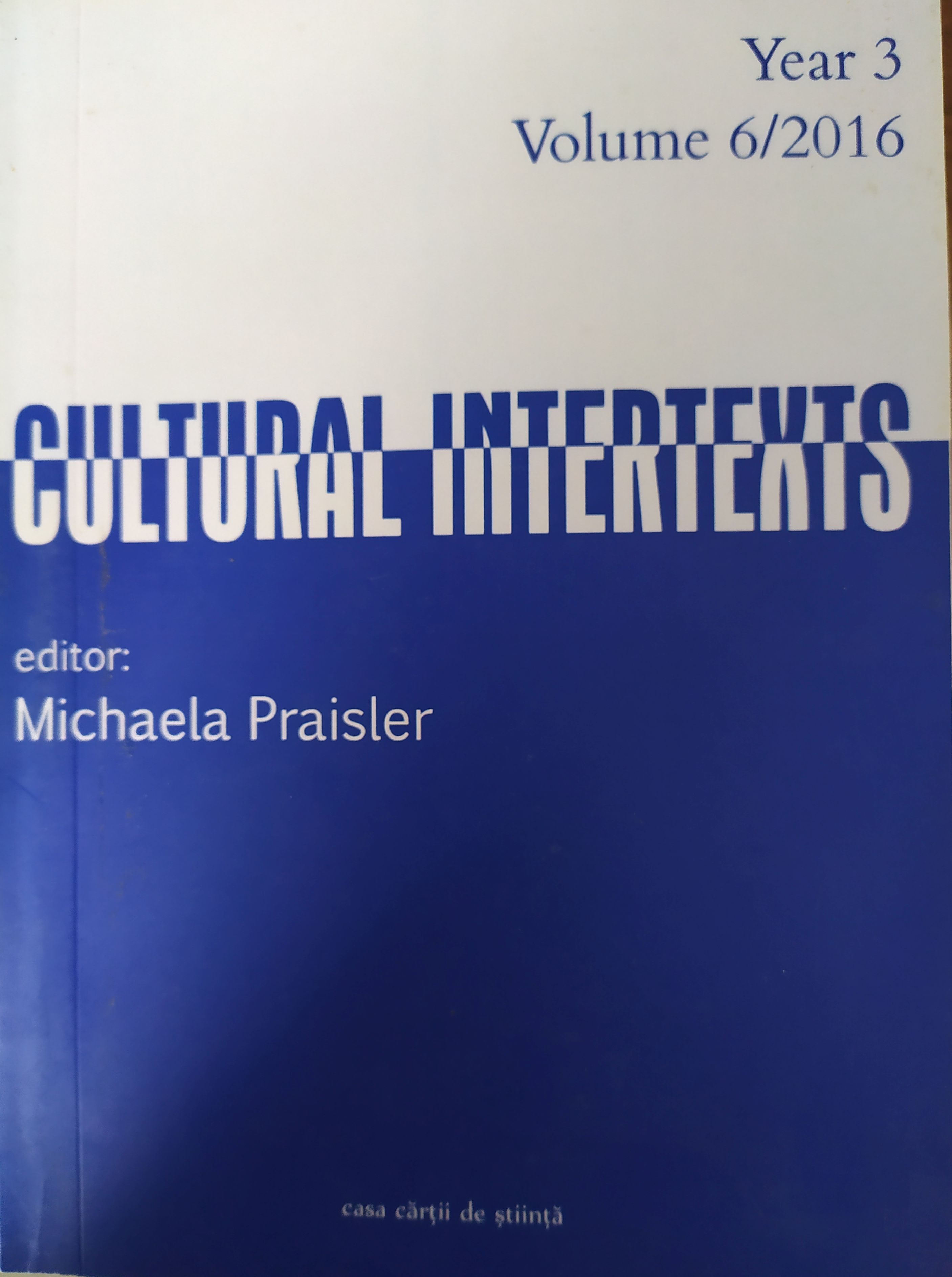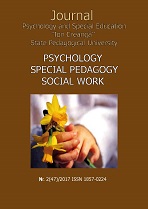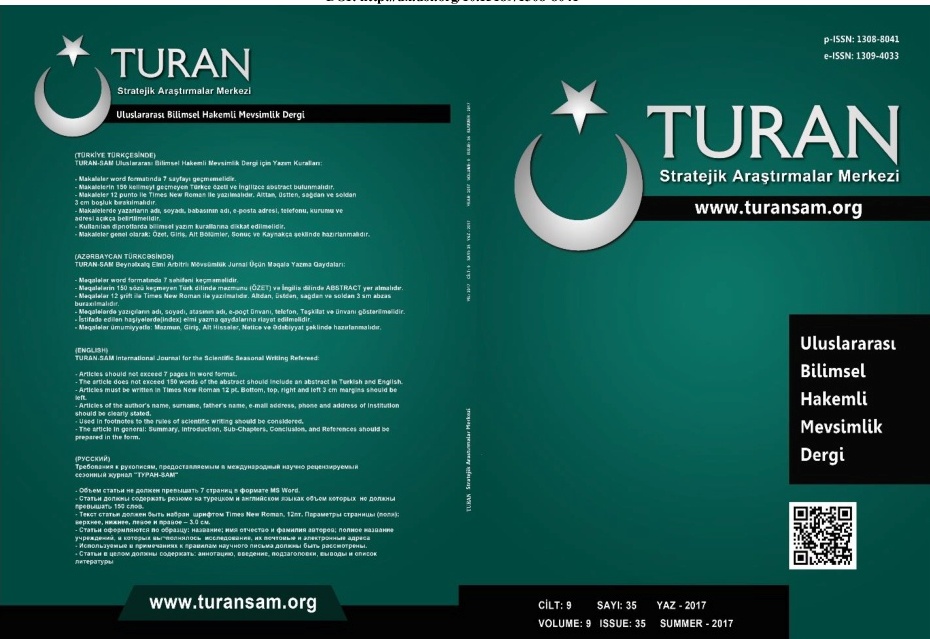
Orkestra/Oda Müziği Dersi Kapsaminda Türk Müziği Eserlerinin Seslendirilmesinde Karşilaşilan Problemler
The foundations of the institutions that produce music education in our country have been taken with the establishment of Musiki Muallim Mektebi. These institutions, after Musiki Muallim Mektebi, Istanbul, Izmir, Aydin, Bursa and so on. By spreading rapidly in the provinces, our country has hosted a process that is evolving in music education. In the institutions that educate music teachers, many courses and many applications related to hearing, saying, and execution have been put into force. The "Orchestra / Room Music" course, which started in 1997 and was revised in 2006, is considered as one of the milestones of the music teacher program in terms of supporting the mental, spiritual and social developments of prospective teachers. In this research, technical and emotional problems encountered during arrangement of Turkish Music pieces according to chamber music instruments in Orchestra / Room Music lesson, their sources and solution alternatives are presented.
More...
